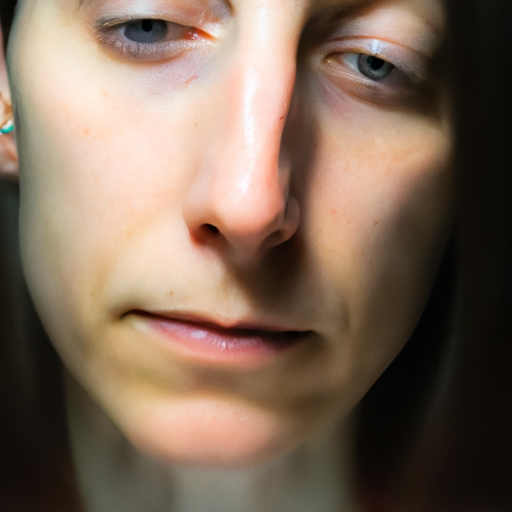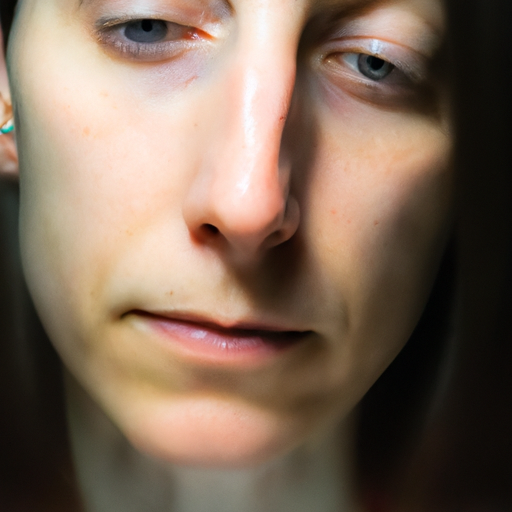As a dermatologist, I often encounter patients who are confused about the difference between hydrating and moisturizing their skin. It’s a common misconception that these two terms are interchangeable. However, they refer to two distinct processes that work together to ensure the health and vitality of your skin. Let’s unveil the mystery behind these two crucial skincare steps: hydrating and moisturizing.
Hydrating refers to the process of infusing your cells with water. When your skin is well-hydrated, it appears plump, luminous, and healthy. This is because our skin cells, like all other cells in our body, are primarily made up of water. Without adequate hydration, they can’t function at their best.
The role of hydrating products is to increase the water content of the skin. They work by attracting moisture to the skin and delivering it to the cells. Ingredients that help with hydration are called humectants, which include substances like hyaluronic acid and glycerin. These ingredients draw water from the atmosphere and from deeper layers of your skin to hydrate the surface.
On the other hand, moisturizing aims to lock in that hydration by creating a barrier on the skin’s surface, preventing the water content from evaporating. This process is critical because without it, the hydration you’ve just supplied to your skin could easily be lost, especially in dry or harsh climates.
Moisturizers often contain ingredients known as emollients (like shea butter and oils) and occlusives (like lanolin and waxes). Emollients smooth the skin by filling in gaps between skin cells, while occlusives create a physical barrier that locks in moisture.
Understanding the difference between these two processes is essential for creating an effective skincare routine. If your skin is dehydrated (lacking water), you need to focus on hydrating it. Drinking plenty of water and using skincare products with humectants can help. If your skin is dry (lacking oil), you need to moisturize it. Using products with emollients and occlusives will help seal in moisture and prevent dryness.
It’s also important to note that while all skin types can benefit from both hydration and moisturization, the balance may vary depending on your specific needs. For instance, if you have oily skin, you may need more hydration and less heavy moisturization. Conversely, if you have dry skin, you’ll likely benefit from a richer moisturizer.
In conclusion, hydrating and moisturizing are two sides of the same coin. They work together to keep your skin healthy, supple, and glowing. Hydrating replenishes the water content in your skin cells, while moisturizing seals in that hydration to prevent water loss. By understanding the difference between these two processes, you can better tailor your skincare routine to your skin’s needs and maintain its health and vitality.
Remember, your skin is unique. What works for someone else may not work for you. Therefore, it’s always a good idea to consult with a dermatologist or a skincare professional to understand what your skin needs most.




